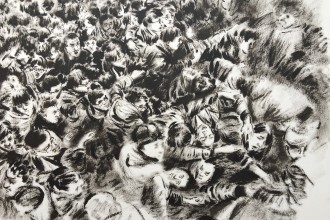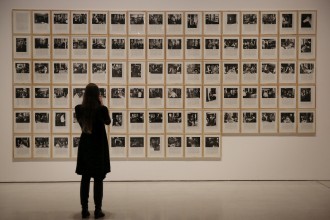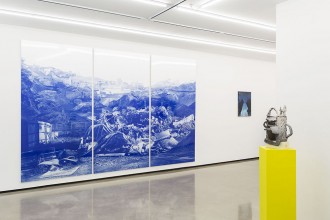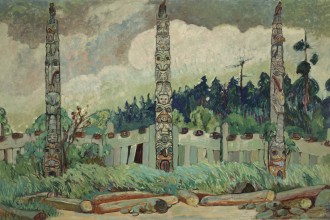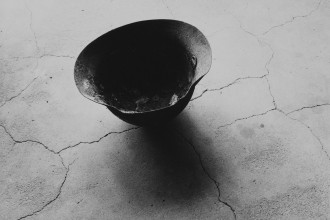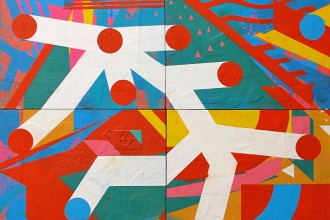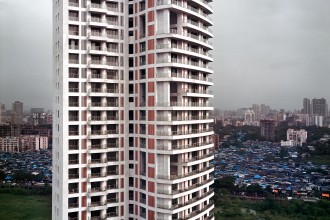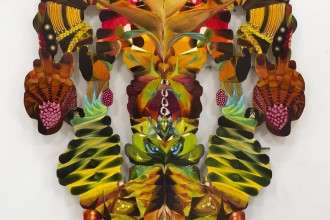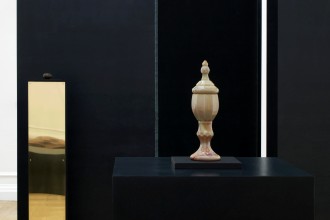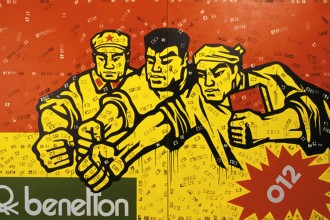Around Drawing at Rosenfeld Porcini
byIn this group exhibition the importance and relevance of traditional draughtsmanship skills to significant strands of contemporary art practice are givens. It features the work of eight of Rosenfeld Porcini’s international roster of artists: Enrique Brinkmann from Spain, Lu Chao from China, Antonis Donef and Marianna Gioka from Greece, Lanfranco Quadrio and Nicola Samori from Italy, Marcel Rusu from Rumania and Eduardo Stupia from Argentina.

